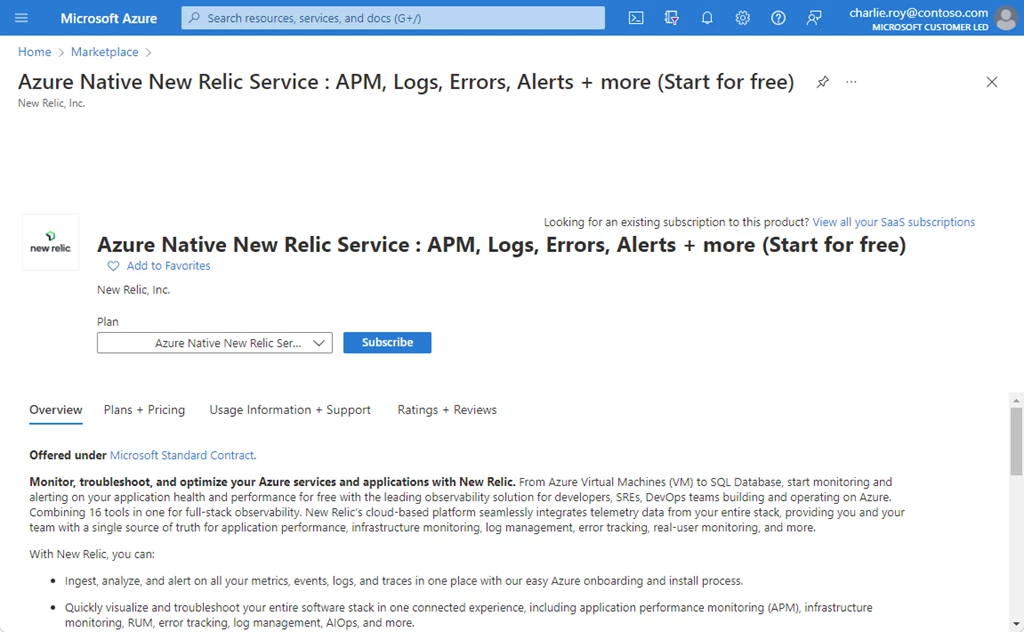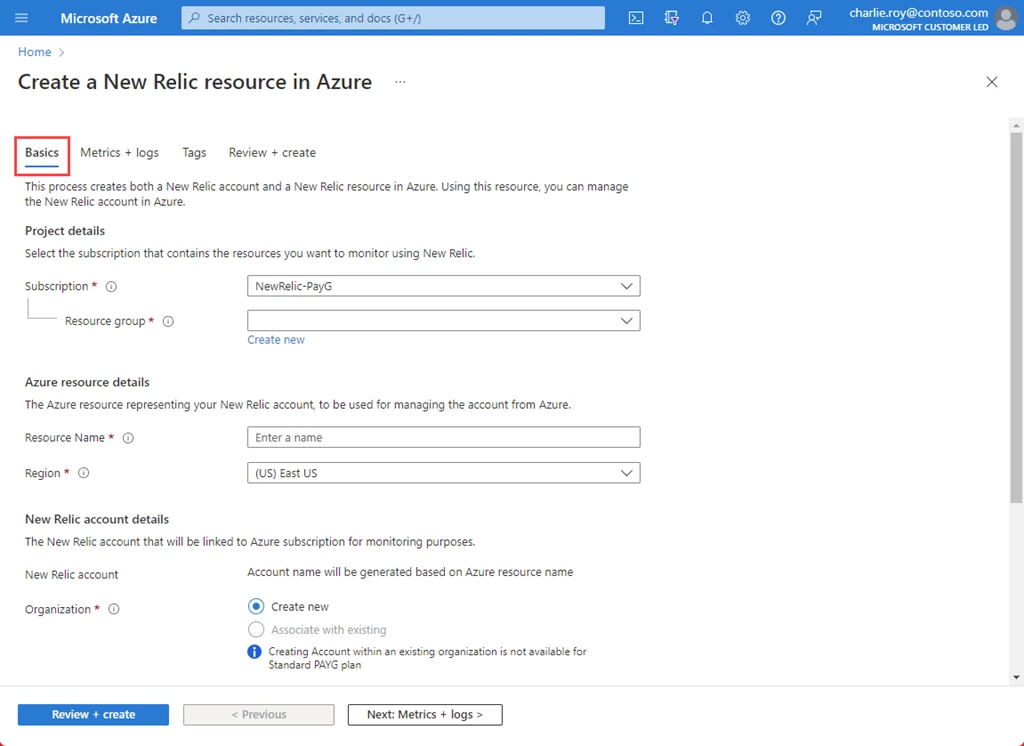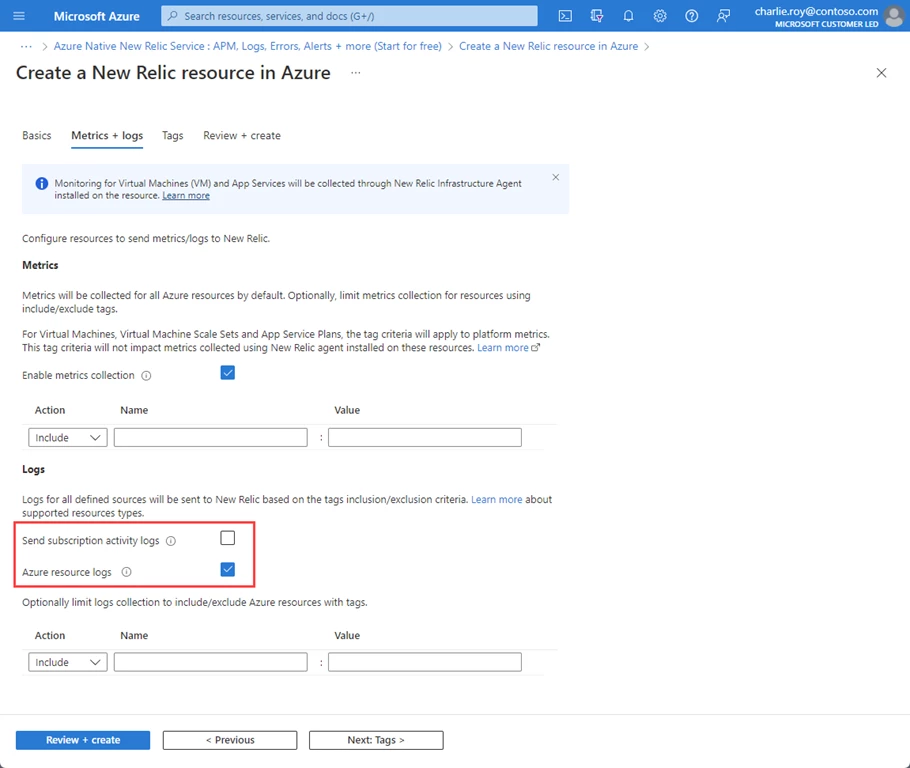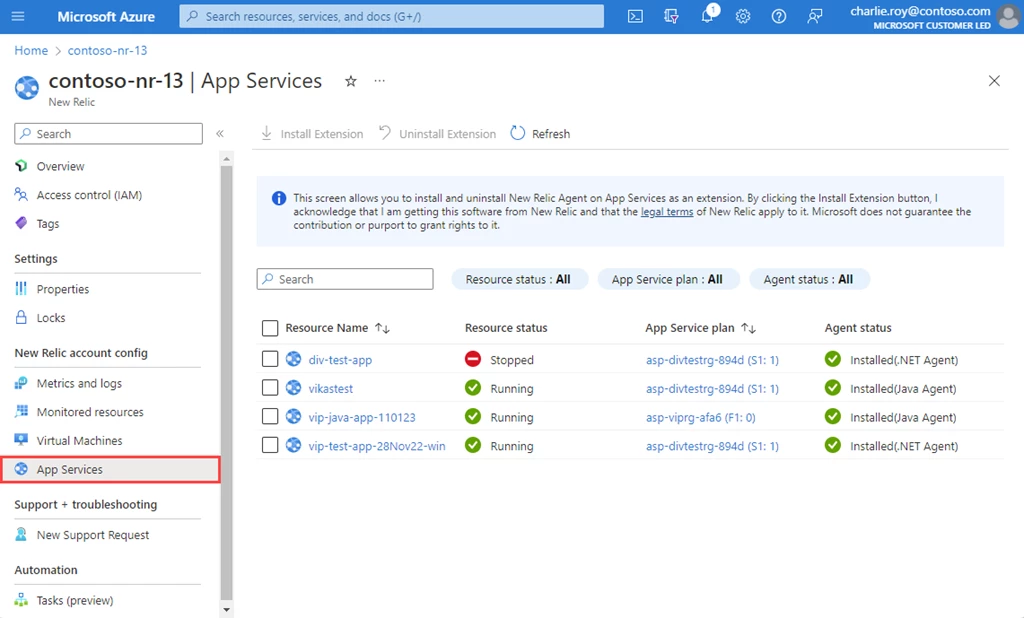Serverless, Thought leadership
Azure Native New Relic Service: Full stack observability in minutes
Posted on
3 min read
Digital transformation across organizations has led to workloads shifting to multicloud and hybrid-cloud environments. Modern organizations are increasingly adopting cloud-native technologies including containers, microservices, serverless, and more.
With the growing complexity of distributed applications deployed on a cloud-native landscape, can organizations survive without the right observability in place?
It would be like flying an airplane blindfolded.
Businesses are in acute need of observability capabilities like Application Performance Management (APM), infrastructure monitoring, logs management, error tracing, and more to monitor, optimize, and troubleshoot their applications and infrastructure.
At the same time, organizations continue to prefer using software and services which they are familiar with and trust. To meet customers where they are, Microsoft partners closely with market-leading software as a service (SaaS) offerings and enables their use as part of the overall customer solution on our globally trusted cloud platform—Microsoft Azure.
Partnering with New Relic
New Relic, a leader in Gartner Magic Quadrant for 10 consecutive years in Application Performance Management and Observability, is one such partner on Azure.
“Observability is essential in today’s modern, multicloud world. Whether our customers are running applications on data centers, embracing the public cloud, or running things at the edge, they need observability to take a look across all those systems. Today’s news brings together more than a decade of innovation between New Relic and Microsoft, to bring the power of full stack observability to Microsoft developers, so they can accelerate enterprise cloud migration and multi-cloud initiatives.” —Bill Staples, New Relic CEO
Modern cloud-native environments warrant that organizations adopt a data-driven approach for their incident and threat response. When failures occur, identification, understanding, and resolution of the root cause of the issue is extremely time-critical for development teams.
Currently, to leverage New Relic for observability, you go through a complex multistep process to set up credentials, event hubs, and custom code, thus impacting your productivity and efficiency. To alleviate this challenge, we partnered with New Relic to create a seamlessly integrated solution on Azure that’s now available on the Azure marketplace.
Azure Native New Relic Service makes it effortless for developers and IT administrators to monitor their cloud applications. With this new offering, you can:
- Create a New Relic account in the cloud with just a few clicks. Azure Native New Relic Service is a fully managed offering that enables easy onboarding and removes the need to set up and operate monitoring for your infrastructure.
- Seamlessly ship logs and metrics to New Relic. Integrated right within the create experience, and also a part of the configuration, you can set up auto discovery of resources within an Azure subscription to monitor logs and metrics. You no longer need to go through the tedious process of setting up event hubs and writing custom code.
- Bulk install New Relic Agent on virtual machines (VMs) and App Services through a single click. This then ships logs and metrics from your host infrastructure and processes to New Relic.
- Get unified billing for all the resources you consume on Azure including New Relic, from the Azure marketplace.
“Application performance monitoring and full stack observability are mission critical for cloud transformation of enterprises of all sizes. With the Azure Native New Relic Service, Microsoft and New Relic have together, enabled a thoughtfully integrated, seamless, first-class experience for these enterprises everywhere. In just a few clicks, developers and admins can now effortlessly set up and monitor their cloud applications leveraging the power of New Relic on Azure.” —Balan Subramanian, Partner Director of Product Management, Azure Developer Experiences
Get started with Azure Native New Relic Service:
Let’s now look at how you can set up and configure Azure Native New Relic Service.
Subscribe to the Azure Native New Relic Service: You can easily find and subscribe to the offering in the Azure marketplace:

Create a New Relic resource on Azure: Once the New Relic offer is subscribed, you can easily create a New Relic resource in a few simple steps from the Azure portal. Using this, you can configure and manage your New Relic accounts within the Azure portal.

Configure Metrics and Logs Monitoring: Configure which Azure resources send metrics and logs to New Relic using simple include/exclude resource tag rules.

Install New Relic Agent on VMs: Once the New Relic resource is created, you can manage bulk install and uninstall of New Relic agent on multiple Linux or Windows VMs with a single click.

Install New Relic Agent on App Services: Similarly, you can install New Relic agent on multiple Windows App Services in one go.

Besides creating a New Relic resource, you can also link with existing New Relic accounts for monitoring resources across multiple Azure subscriptions. Not only that, you can also set up multiple resources under a single organization to unify billing and user management. To learn more, refer to the Azure Native New Relic Service documentation.
Learn more about Azure Native New Relic Service
- Subscribe to the preview of Azure Native New Relic Service available in the Azure Marketplace.
- Learn more about the New Relic integration with Azure.